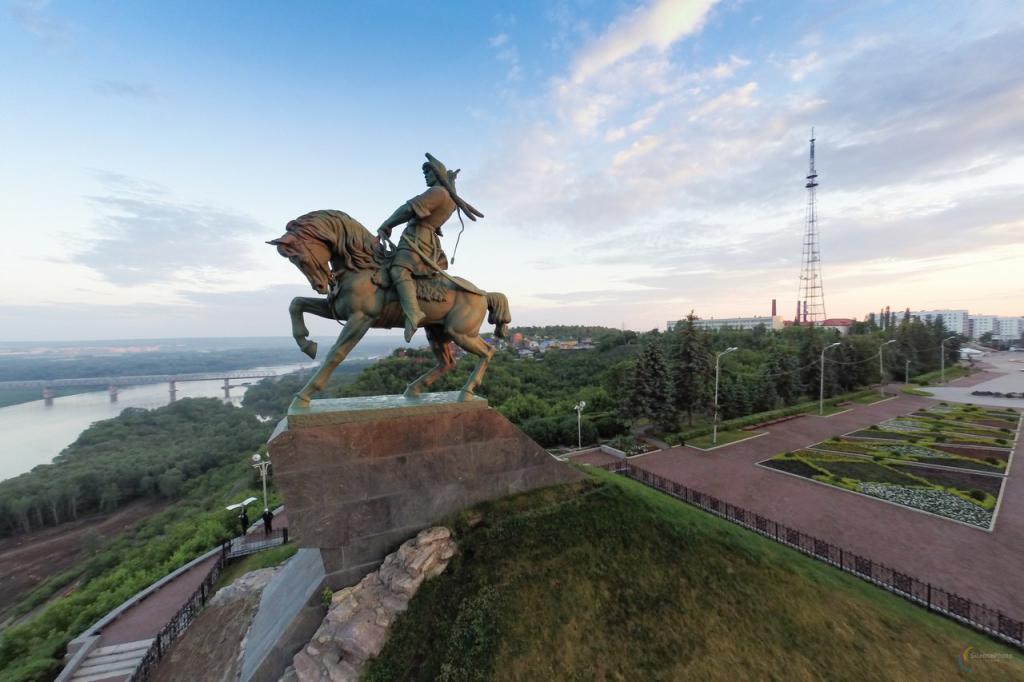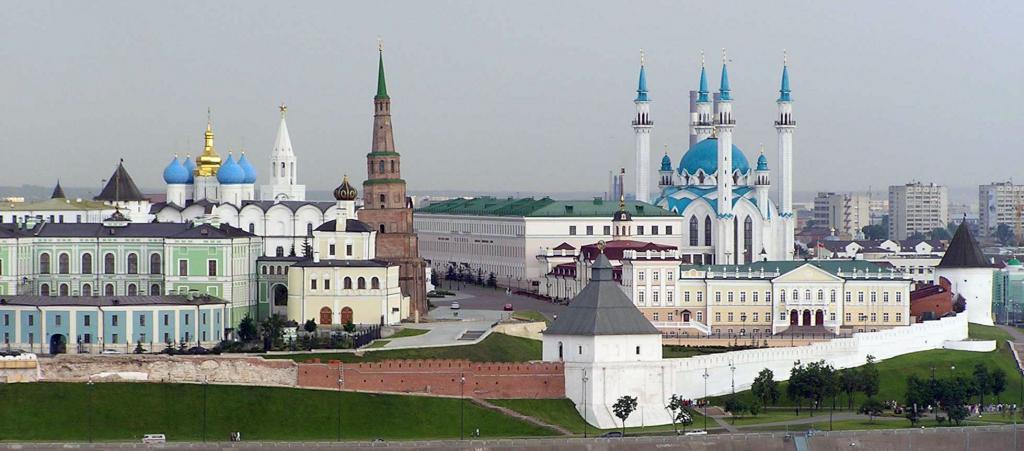The republics of the Russian Federation are national states within the Russian Federation, however, deprived of sovereignty. The main difference between the republics and other subjects of the federation is that they have their own state languages and have the right to a constitution, which should not conflict with Russian.

Which republics are part of the Russian Federation
In modern Russia, republics occupy up to 28% of the territory, and up to 17% of the population live in them. All republics vary both in terms of area and population. While some subjects, like Yakutia, occupy huge snowy spaces, others, such as Ingushetia, occupy a very small area. The population of Ingushetia barely exceeds 488,000, and the republic ranks 82th among the subjects of the Russian Federation on the territory.
A large number of peoples live in Russia, but not all of them have their own state formations. For example, in the territory of Dagestan live representatives of more than thirty nationalities.
A complete list of republics of the Russian Federation looks like this:
- Adygea.
- Altai.
- Bashkiria.
- Buryatia.
- Dagestan.
- Ingushetia.
- Kabardino-Balkaria.
- Kalmykia.
- Karachay-Cherkessia.
- Karelia.
- Komi.
- Mari El Republic.
- Mordovia.
- Yakutia.
- North Ossetia Alania.
- Tatarstan
- Tuva.
- Udmurtia.
- Khakassia.
- Chuvashia.
- Crimea.
Most of the republics that are now part of Russia in Soviet times had the status of autonomous Soviet republics, and some had the status of autonomous regions.

History of the republics of the Russian Federation
Most of the modern national autonomies were formed at the dawn of Soviet Russia, when the Bolsheviks did their utmost to get the national elites into their allies, actively distributing sovereignty to all the peoples who wished.
However, the path to the current state of affairs was a long one, and the republic underwent numerous transformations, including quite painful ones. One of the first Soviet Republics was Terskaya SR with its capital in Vladikavkaz, which was part of the RSFSR. Subsequently, it was reformed many times and created on its territory by separate autonomous entities.
After World War II, many peoples of the USSR were subjected to massive contingent repressions.

The deportation of the peoples of the USSR
The legal status of the republics of the Russian Federation has changed throughout their history. The most significant blow to the autonomy of the peoples of the Caucasus was dealt after the Nazi occupation was withdrawn and Soviet power returned to the region.
In 1944, the Chechen-Ingush Republic was abolished, the national autonomy of the Balkars and Karachais was liquidated, and representatives of the peoples themselves were deported to Siberia and Central Asia, where they lived until 1957, when they were rehabilitated.
However, not only the peoples of the North Caucasus, but also the Crimean Tatars, who were also repressed out of court, were deported.

After the USSR
Not all republics of the Russian Federation at the time of the collapse of the Soviet Union had intentions to continue membership in the federation. Some, such as the Chechen-Ingush Republic, have decided to declare sovereignty.
However, the Ingush did not support the intentions of the Chechens and left the Chechen-Ingush SSR, creating their own Ingush Republic, which headed for Russian loyalty. Not so did the leadership of the Chechen Republic, which decided to completely separate from Russia, even at the cost of significant losses.This approach provoked a protracted conflict and ultimately led to the Chechen war.

Legal status
The numerous ethnic clashes that took place in the post-Soviet territory forced the Russian leadership to change the approach to relations between the regions and the center and introduce a system of federal treaties, which became the legal basis for determining the status of republics in the Russian Federation.
In the modern federation, republics are legal democratic states, and their structure is determined by the Constitution of Russia and the republic itself. The powers between the republics and the federal center, as well as inter-budgetary relations and taxes are regulated by relevant laws and federal treaties. For example, under federal agreements, decisions are made on the number of hours that schools can devote to teaching the national language of the republic.
